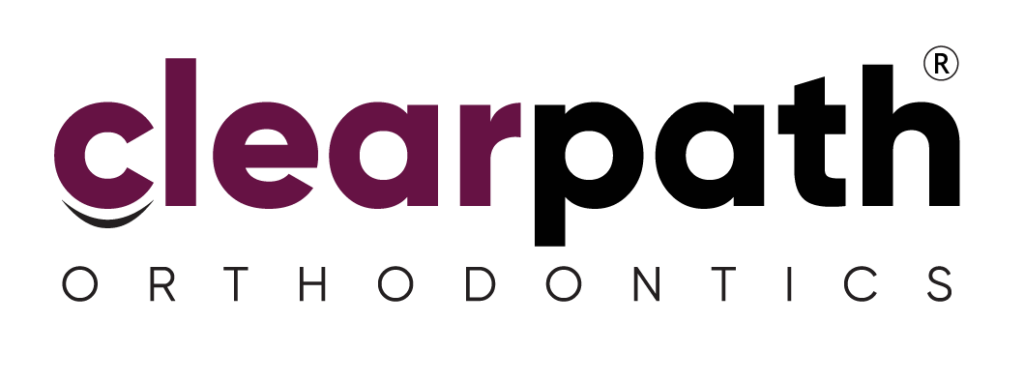Pakistan’s Smile Revolution
Starts with Invisible Braces
Invisible Braces: History, Evolution, & Their Pakistani Moment
What Are Invisible Braces?
Invisible braces—commonly referred to as clear aligners—are a modern orthodontic treatment that straightens teeth using transparent, removable trays instead of wires and brackets. They are designed to be discreet, comfortable, and highly effective for mild to moderate alignment issues.
Invisible braces in Pakistan have become increasingly popular in recent years due to their aesthetics and convenience. Though today’s aligners are largely plastic-based and digitally designed, the idea of hidden orthodontics goes back decades, including lingual braces (brackets on the inside of the teeth), first popularized by Dr. Craven Kurz.
Clear aligners are now the go-to choice for patients seeking a more confident smile without the social discomfort of metal braces.
History of Invisible Braces & Clear Aligners
Early Beginnings (20th Century Origins)
The concept of removable orthodontic appliances began in the early 20th century, starting with Hawley retainers in the 1920s and Kesling’s tooth positioners in the 1940s. These devices were used post-treatment or to make small adjustments, but they laid the foundation for future innovations in orthodontics.
Though not truly “invisible,” these early devices were the precursors to today’s clear aligners—highlighting the long-standing desire for discreet dental correction.
Modern Evolution – From Invisalign to 3D Printing
The real breakthrough came in 1997, when Zia Chishti, a Stanford student with no orthodontic background, co-founded Align Technology and launched Invisalign. Using 3D imaging and CAD/CAM technology, Invisalign offered a revolutionary new way to straighten teeth with customized plastic trays.
Since then, the evolution of invisible braces has been driven by:
AI-powered treatment simulations
3D printing for aligner production
Digital intraoral scans replacing physical impressions
Teleorthodontics for remote care and monitoring
These advancements have made invisible braces faster, more comfortable, and more accurate than ever before.
When Did Invisible Braces Arrive in Pakistan?
Rise of Aesthetic Orthodontics
Invisible braces began appearing in Pakistani dental clinics in the mid-to-late 2000s, initially as imported Invisalign kits or generic copies. However, the real growth began when local production and digital workflows entered the market.
Factors driving the rise of invisible braces in Pakistan include:
-
Increasing aesthetic consciousness among adults and teens
-
Lower costs due to local manufacturing and reduced import dependency
-
Accessibility through dental clinics in major cities like Lahore, Karachi, and Islamabad
-
Rise of Instagram and influencer culture fueling cosmetic dentistry
Compared to traditional braces, aligners became a preferred option for working professionals and image-conscious youth.
Clear Aligners Market Trends & Forecast
According to Coherent Market Insights and Grand View Research:
-
The global clear aligner market was valued at USD 6 billion in 2023
-
The Pakistan clear aligner market is projected to grow at a CAGR of 9.6% from 2020 to 2027
-
Growth is driven by digital dental startups, improved access, and rising demand for cosmetic procedures
Clear aligners are no longer a luxury—they’re becoming a mainstream dental solution.
ClearPath’s Role in Pakistan’s Invisible Brace Movement
Leading with Digital 3D Scans & Local Expertise
ClearPath Orthodontics has been at the forefront of Pakistan’s invisible braces transformation. Headquartered in Lahore, ClearPath was one of the first companies in the region to offer:
-
FDA-certified clear aligners
-
In-house 3D printing and treatment planning
-
Orthodontist-led supervision with digital tools
-
Remote tracking for added convenience and safety
Patients receive a full digital experience—from initial scans to smile simulations to treatment delivery—all within Pakistan’s borders.
Why Choose ClearPath Over OTC Aligners
Unlike risky DIY or mail-order aligners, ClearPath offers:
| Feature | ClearPath Orthodontics | OTC Aligners |
|---|---|---|
| Professional Supervision | ✅ Orthodontist-monitored care | ❌ No dental oversight |
| 3D Digital Workflow | ✅ Intraoral scans & simulations | ❌ Self-made impressions |
| Safety | ✅ Regular in-clinic checkups | ❌ No diagnostic X-rays |
| Local Support (Lahore-based) | ✅ Available in Pakistan | ❌ Overseas-only support |
Your smile deserves more than guesswork. Choose the smarter, safer path with ClearPath.
Future of Invisible Braces in Pakistan
As awareness grows, Pakistan’s invisible braces market is expected to evolve rapidly. By 2030, we anticipate:
Greater adoption in smaller cities as costs decline
Expansion of tele-orthodontic consultations
Rise of school and workplace partnerships for smile awareness
More locally produced aligners like ClearPath replacing costly imports
With digital dental care gaining momentum, invisible braces are set to become the standard of care, not just an option.
Explore the Future of Orthodontics
The story of invisible braces is one of innovation, accessibility, and patient empowerment. And in Pakistan, ClearPath Orthodontics is writing the next chapter with advanced, locally made solutions designed for real smiles and real lives.
👉 Explore the future of orthodontics—book your consultation with ClearPath Orthodontics today.
FAQs
What are invisible braces?
Invisible braces are clear aligners used to straighten teeth without metal brackets or wires. They’re comfortable, removable, and virtually unnoticeable.
How did invisible braces evolve?
Invisible braces evolved from basic retainers in the early 1900s to today’s AI-powered 3D printed aligners. Invisalign revolutionized the field in the late 1990s.
When did invisible braces arrive in Pakistan?
They arrived in the 2000s, gaining popularity with local manufacturing, improved affordability, and digital tools offered by providers like ClearPath Orthodontics.
